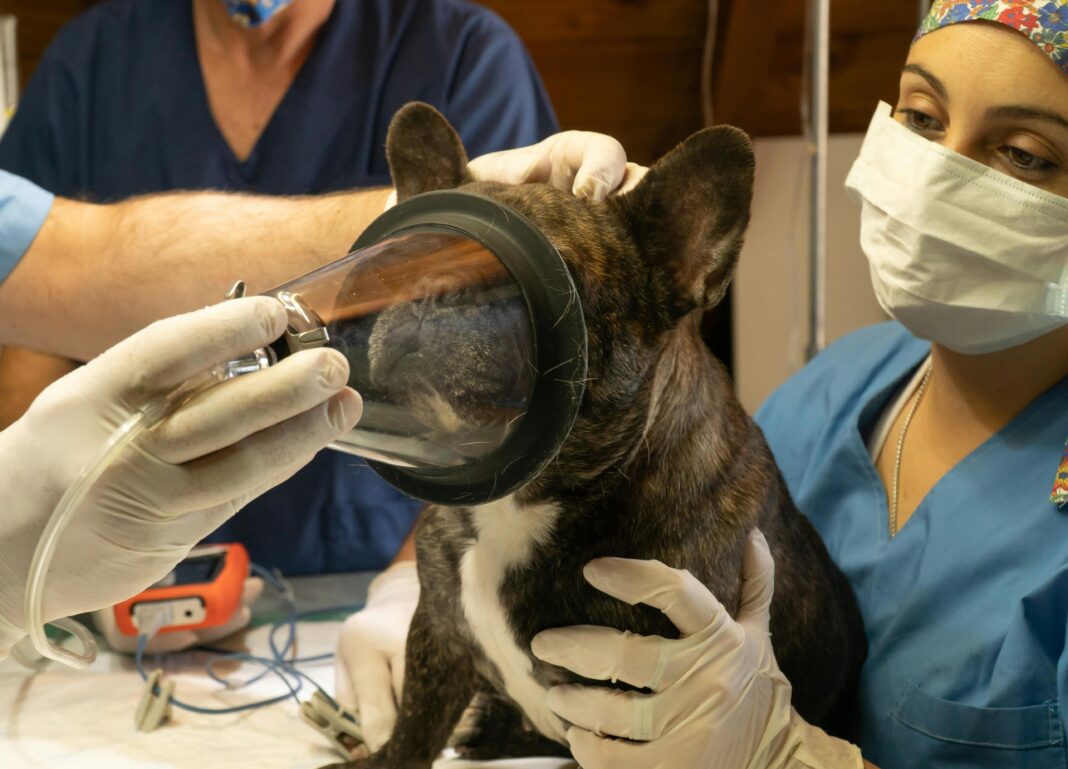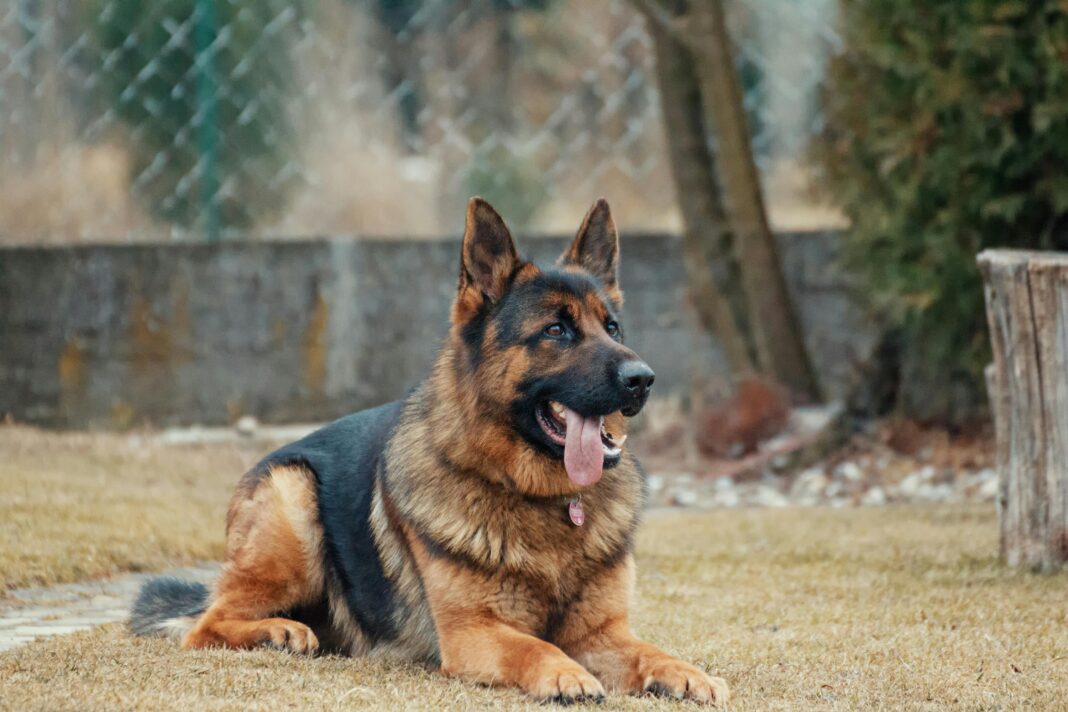When it comes to the health of our beloved pets, anesthesia can be a critical component of surgery and certain diagnostic procedures. While many pet owners are familiar with basic anesthetic concepts, understanding the nuances of anesthesia monitoring is key to ensuring your pet’s safety. This article will delve into the essential aspects of anesthesia monitoring, enhancing your pet’s safety, and optimizing surgical outcomes.
Understanding Anesthesia
Before we dive into monitoring tips, it’s important to grasp what anesthesia is. Anesthesia allows your pet to undergo procedures without pain or distress. There are different types, including general anesthesia, which renders your pet unconscious, and local anesthesia, which numbs a specific area.
The Importance of Monitoring Anesthesia
Monitoring is vital during any anesthetic procedure. It helps detect potential complications in real-time, ensuring that your pet remains stable throughout the surgical process. A slight drop in blood pressure, a change in heart rate, or abnormal respiratory patterns can pose serious risks. Understanding how veterinary professionals monitor anesthesia will empower you as a pet owner.
Key Monitoring Parameters
Professional veterinary anesthetists monitor several crucial parameters during surgery. Familiarizing yourself with these can help you understand your pet’s needs better.
Heart Rate and Rhythm
The heart rate is a fundamental parameter during anesthesia. Both bradycardia (slow heart rate) and tachycardia (high heart rate) can indicate underlying issues. A veterinary technician typically uses an electrocardiogram (ECG) to monitor your pet’s heart rhythm.
Tip: Ask your veterinarian how they will monitor your pet’s heart rate during surgery and what measures they’ll take if abnormalities arise.
Respiratory Rate and Effort
Proper ventilation is crucial to ensuring your pet receives enough oxygen. A veterinary anesthetist monitors respiratory rate, rhythm, and effort, often using a capnometer to measure carbon dioxide levels during expiration.
Practical Tip: Inquire whether your veterinarian will use supplemental oxygen during the surgery, particularly for high-risk pets or lengthy procedures.
Blood Pressure
Blood pressure indicates how well your pet’s heart and blood vessels are functioning. A sudden drop can be alarming and requires immediate intervention. Non-invasive blood pressure cuffs can help track this vital parameter.
Example: If your dog is undergoing dental surgery, ensuring monitoring for blood pressure is especially crucial, as anesthesia can affect blood flow to the organs.
Temperature Monitoring
Pets can become hypothermic during surgery, especially if they are small or if the procedure is lengthy. Maintaining normal body temperature is essential for recovery and overall health.
Helpful Tip: Check with your vet about using warming blankets or heating pads to keep your pet warm during the procedure.
Pre-Anesthesia Evaluation
Before anesthesia, your veterinarian will likely perform a thorough pre-anesthetic evaluation. This may include blood tests, urinalyses, and physical exams to assess your pet’s overall health.
Importance of Pre-Anesthetic Testing
Understanding your pet’s health status before surgery can prevent complications. Certain conditions may necessitate adjustments to the anesthetic protocol or even delay the procedure.
Tip: Discuss any specific concerns or medical history with your veterinarian, including allergies or past anesthetic reactions.
Continuity of Care
Post-operative monitoring is just as crucial as intraoperative monitoring. Recovery from anesthesia requires vigilance to identify any complications swiftly.
Signs to Watch For
After surgery, observe your pet for unusual symptoms such as lethargy, vomiting, or difficulty breathing. It’s imperative to contact your veterinarian immediately if any concerning signs arise.
Example: If your cat seems excessively drowsy or doesn’t resume normal activity within 24 hours, reach out to your vet for further evaluation.
Choosing the Right Veterinary Team
Selecting a veterinary team with a strong emphasis on anesthesia monitoring can greatly affect your pet’s surgical experience.
Questions to Ask
-
- What monitoring equipment do you use?
-
- What is the ratio of staff to patients during surgery?
-
- What protocols are in place for emergency situations?
By asking these questions, you can ensure that your pet will receive high-quality care throughout their procedure.
The Role of Owner Involvement
As a pet owner, your involvement in the pre-anesthetic preparation can enhance your pet’s safety.
Pre-Surgical Preparation
-
- Follow fasting instructions: Ensure your pet is fasted as recommended before surgery to minimize risks during anesthesia.
-
- Prepare questions: Write down any concerns or questions you may have regarding the procedure to discuss during pre-surgery consultations.
Post-Operative Care
Engaging actively in post-operative care can significantly affect your pet’s recovery. Ensure a quiet, comfortable space for them to recuperate, and follow any aftercare instructions provided by the veterinarian.
By understanding and engaging in the anesthesia monitoring process for your pet, you contribute significantly to their safety and recovering results. Enhanced awareness and communication with your veterinary team will empower you to make informed decisions that optimize the surgical experience for your cherished companion.





